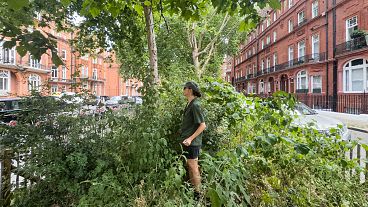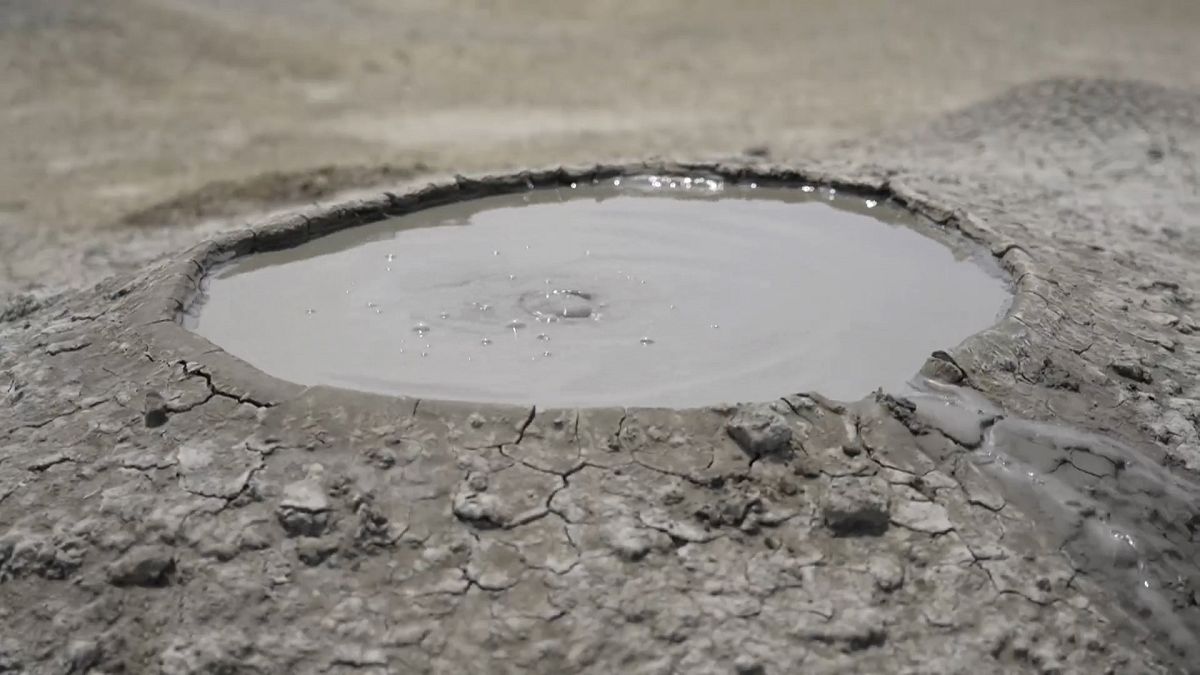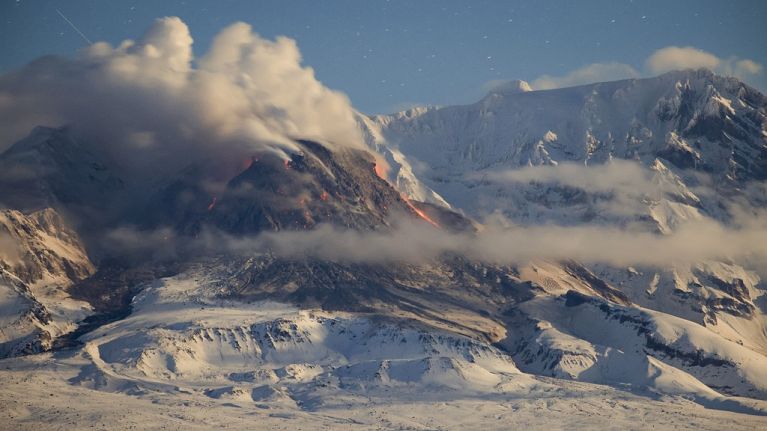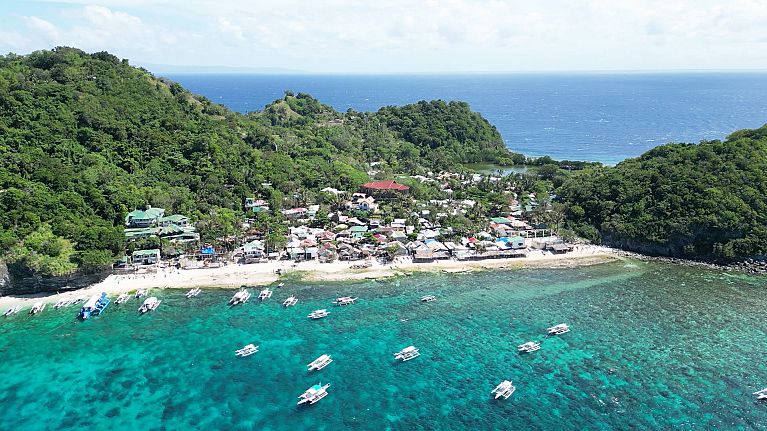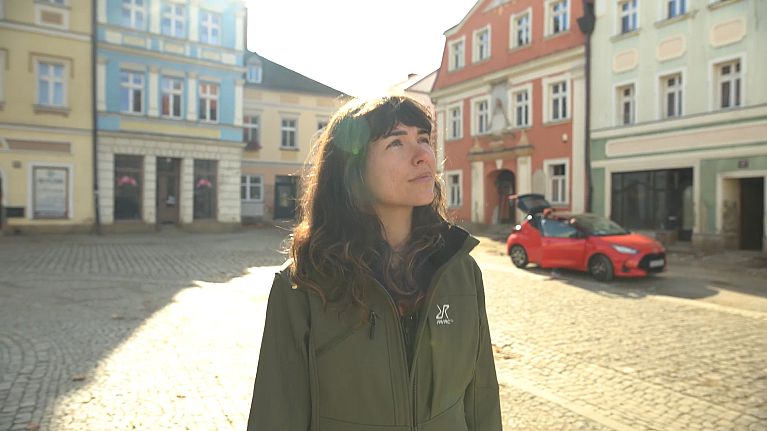Gobustan shares its secrets with us in this episode of Explore Azerbaijan. We imagine ancient human life through the art they left behind, and see mud volcanoes in a brand new way.
In this episode of Explore Azerbaijan, Euronews reporter Anca Ulea heads to Gobustan, a region that’s home to some of the country’s most precious historical and geological heritage sites.
The journey begins at Gobustan National Historical-Artistic Reserve, which contains an astonishing 7,000 petroglyphs from the end of the Mesolithic Era.
Historians believe the site served as a cultural space for ancient cave dwellers, where they held hunting ceremonies and performed dances. Today, it is a UNESCO World Heritage Site and operates as an open-air museum, allowing visitors to envision the lives of these early humans through the inhabited caves, settlements, and burials. These features reflect the intense human activity in the area during the wet period following the last Ice Age, spanning from the Upper Palaeolithic to the Middle Ages.
Anca tries playing a tune on one of the reserve’s hollow stones, which are thought to have served as musical instruments in these ceremonies. She walks past some of the rock carvings depicting a traditional dance called Yalli, which is still performed in Azerbaijan today.
Afterwards, Anca takes a short drive to visit Azerbaijan’s newest museum – the Mud Volcanoes Tourism Complex, which opened in Summer 2024. The complex features an outdoor circuit where visitors can observe the mud volcanoes, as well as a natural history museum with animal skeletons from across the region, and master classes in painting and pottery.
Anca tours the grounds with a guide, who explains the different types of mud volcanoes that exist – all of which are visible at the site of the Gilinj Mud Volcano. They end the day by zipping through the parched terrain on electric quad bikes, an exhilarating way to get a closer look at these peculiar geological formations.
For more on this story, watch the full episode in the player above.




